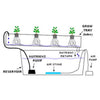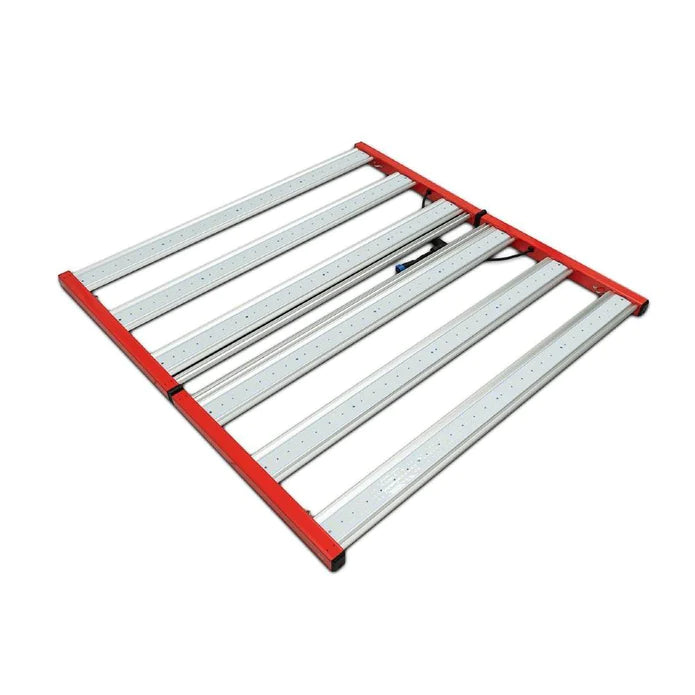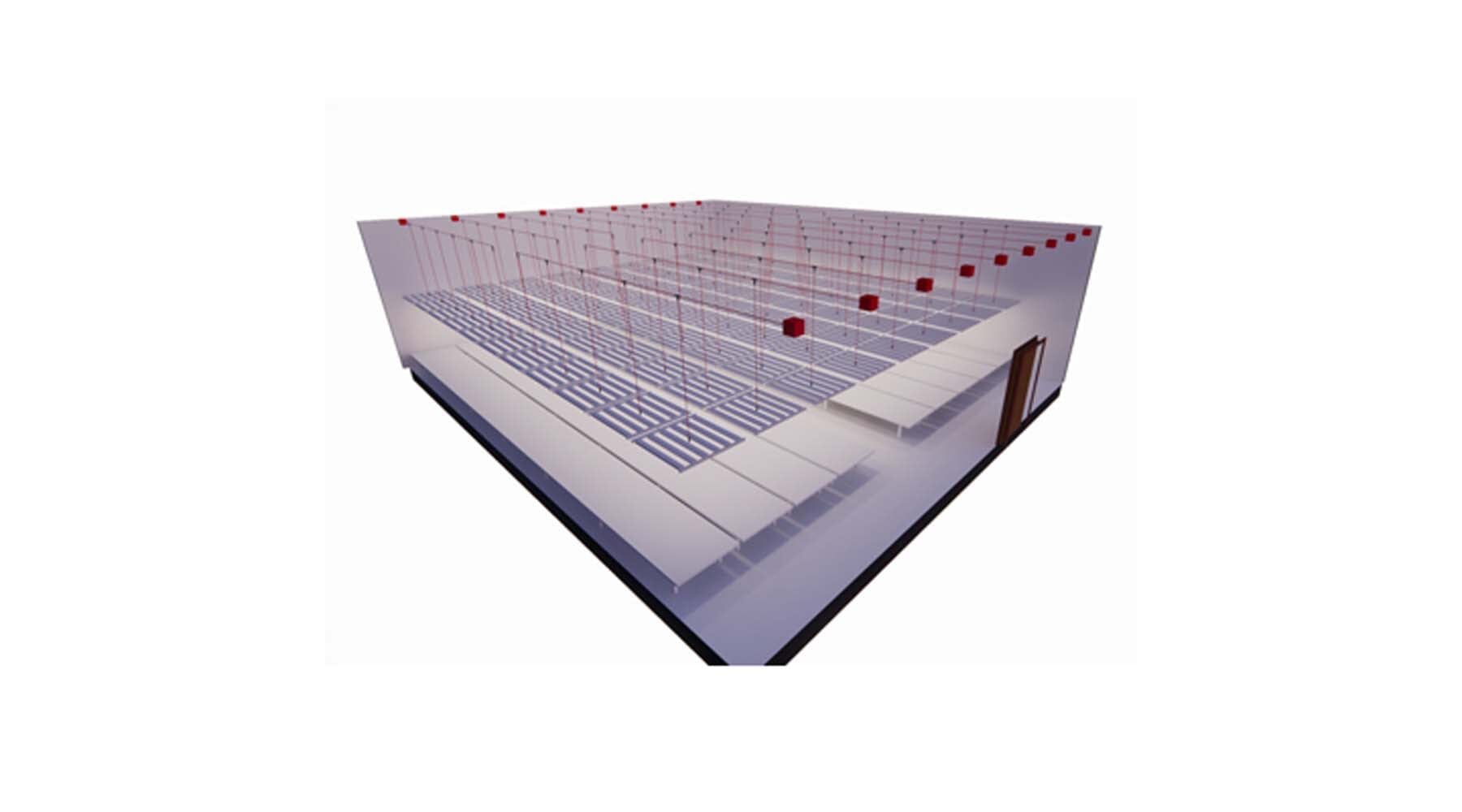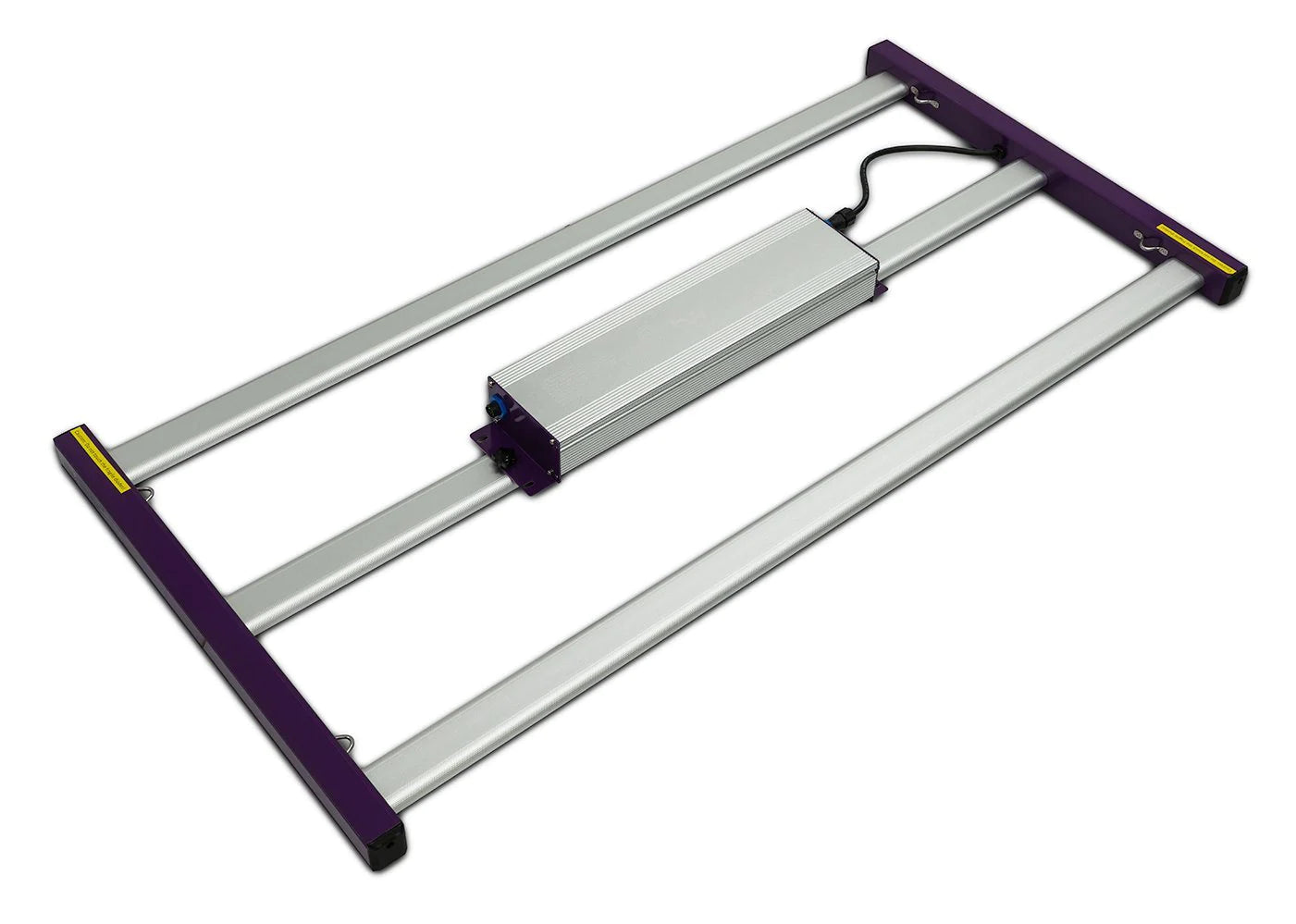
Hydroponic Systems: 6 Types & What's Right For You
, by Adam Marosi, 5 min reading time

, by Adam Marosi, 5 min reading time
Hydroponics can be overwhelming with the amount of choices available for the various grow systems on the market. If you don’t know where to start, we are here to help.
Getting started in hydroponics can be overwhelming.
There are numerous types of hydroponic systems available in the market, some more helpful than others. Understanding how each system works, what to grow, and the best hydroponic lighting is challenging but necessary. Don't know where to start? We’re here to help.
|
Contents 1. Nutrient Film Technique (NFT) 2. Aeroponics 3. Drip Systems (Recovery/Non-Recovery) 5. Ebb and Flow (Flood and Drain) 6. Wick |
In this hydroponic system, the flow of nutrients is constant, so no time is required for the nutrient (submersible) pump. The nutrient solution is pumped into the growing tray (usually with the help of a tube or piping), flows over the plants’ roots, and then drains back into the reservoir. The reservoir must have an air stone for oxygenating the nutrient solution.
Widely used, this technique works well with hydroponic gardens. Its recirculating system generates less waste and requires minimal growing medium to be successful. However, pump failure can destroy crops, so take heed. Roots also have the potential of clogging the channels.
In the aeroponics system, the plant is placed in a net pot with the roots suspended above the nutrient solution. The roots are misted multiple times a day (mister should run every few minutes or constantly). For this hydroponic technique, you’ll need a nutrient pump—no air stone is required.
Aeroponic systems are relatively easy to maintain. They’re also less likely to oversaturate plant roots, and roots have great exposure to oxygen. The downside? Aeroponic systems are more expensive. Additionally, pump failure can significantly harm the plant.
Water is pumped up from the reservoir through tubing to the top of the growing media. From there, it drips out of tubing onto the growing media. The solution drips down, soaking the roots and growing media to the bottom of the container. Here’s a closer look at the two types of drip systems.
After the plants have used up the nutrients, the excess will drain down into the reservoir to be used repeatedly. This system requires checking the water reservoir for its pH. The pH and nutrient solution strength will constantly change.
Using special timers for the drip cycle, users can adjust the timing of the water cycle. This adjustment waters the plant enough to wet the growing media, where its roots access it and have very little runoff. There is no need to constantly check the reservoir for pH change and nutrient solution strength since the reservoir is added with new nutrients and water once it’s out.
Drip systems are highly effective for less cost. They provide better control over the feeding schedule. However, the system requires many moving parts, so if you have a home garden, you probably want to steer clear. Additionally, drips systems can generate pretty high waste levels since this system doesn’t recirculate all solution.
Growers will use a reservoir that holds a nutrient solution. In the nutrient solution, users will have an air pump and stone for oxygenating the solution; if not, the roots will drown in the water, causing root rot. The plants will receive a constant supply of water, oxygen, and nutrients.
DWC systems are less costly and easy to make at home. They also require little maintenance and recirculating, meaning less wasted inputs for you. However, DWC systems aren’t the best for large plants, nor do they work well with plants that require long growing periods.
This system works by temporarily flooding the grow tray with a nutrient solution and then draining the solution back into the reservoir. This is done with a submerged pump connected to a timer. When the timer turns on, the nutrients flood the tray. When the timer shuts off, the nutrient solution flows back into the reservoir. The timer is turned on several times a day. Growers can use this system with a variety of growing mediums. The tray can be filled with Hydroton or a Rockwool mat that will line the grow tray.
Ebb and Flow is highly efficient and can be customized to your specific needs. On the downside, this technique requires heavy use of growing medium. Additionally, roots can dry out fast if the timer or pump fails or environmental conditions aren’t ideal.
In this system type, you will use a soilless mix. The system is passive, meaning that it doesn’t require any pumps or moving and mechanical parts. Instead, the nutrients move up the wick or string from a solution reservoir and into the plant's root systems through capillary movement. In the wick system, the plant sits near the reservoir, minimizing the travel distance of the nutrients up the wick. Because the wick doesn’t deliver a strong stream of nutrient solution, this makes the wick system better for smaller plants that require less watering.
The wick system is perfect for beginners or smaller hydroponic gardens. It requires little hands-on activity during the growing process and is perhaps the cheapest system to implement. As far as large plants or gardens, the wick system won’t be as effective. Additionally, without proper maintenance, the wick can destroy plants.
For a successful hydroponic garden, you need the right system. If looking for a starter-friendly, inexpensive system, new growers should consider NFT, Wick, or DWC. However, if looking for a more advanced system for greater yield, consider Aeroponics, Drift, or Ebb and Flow.


